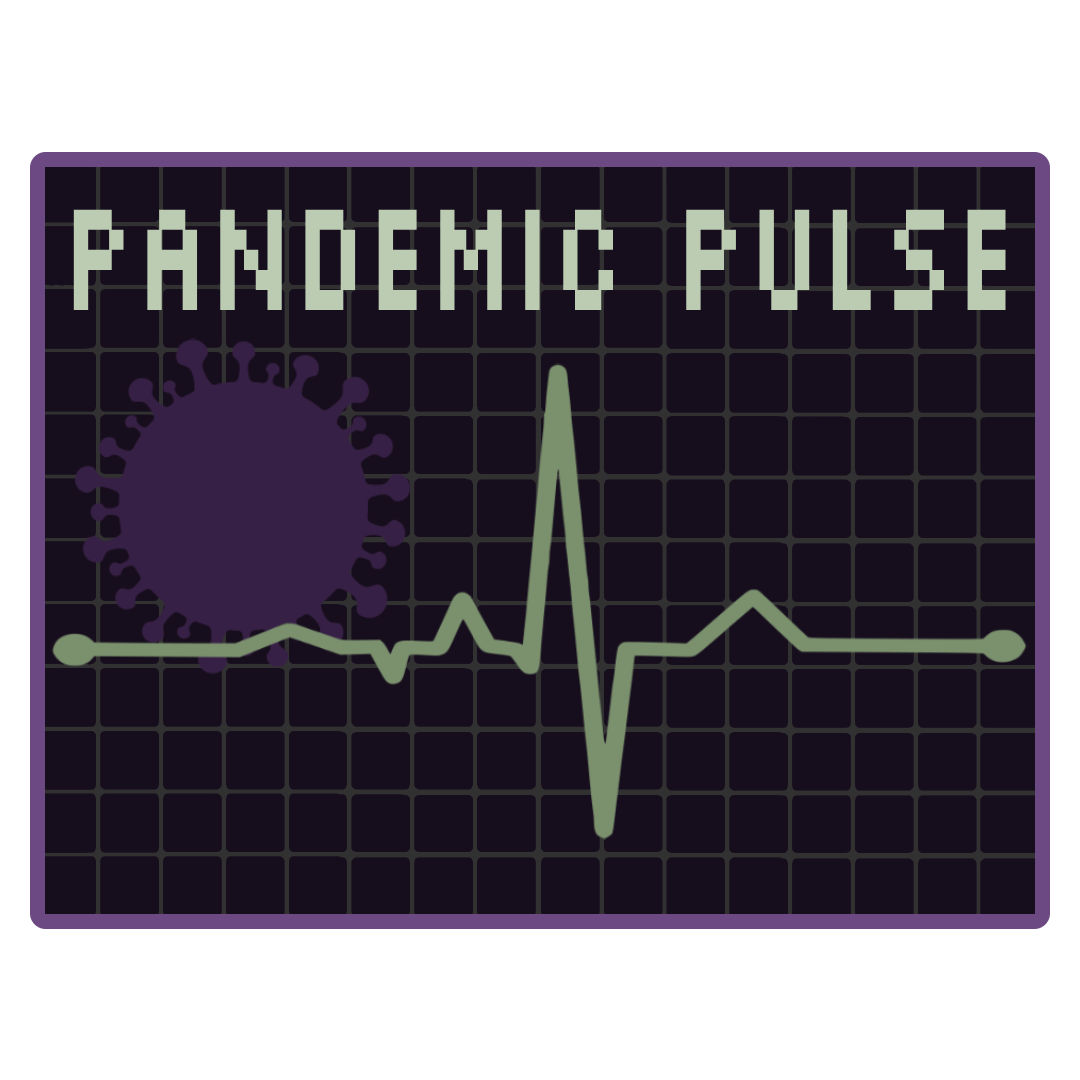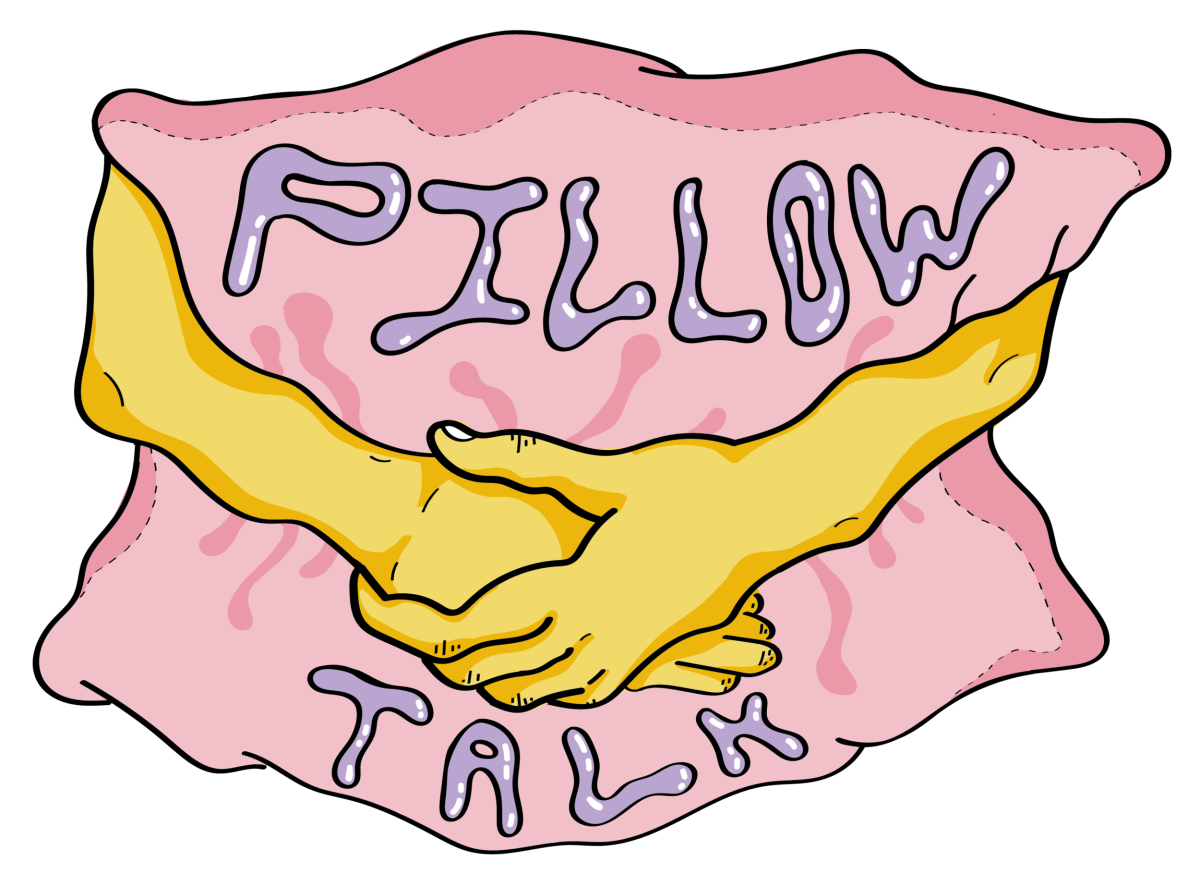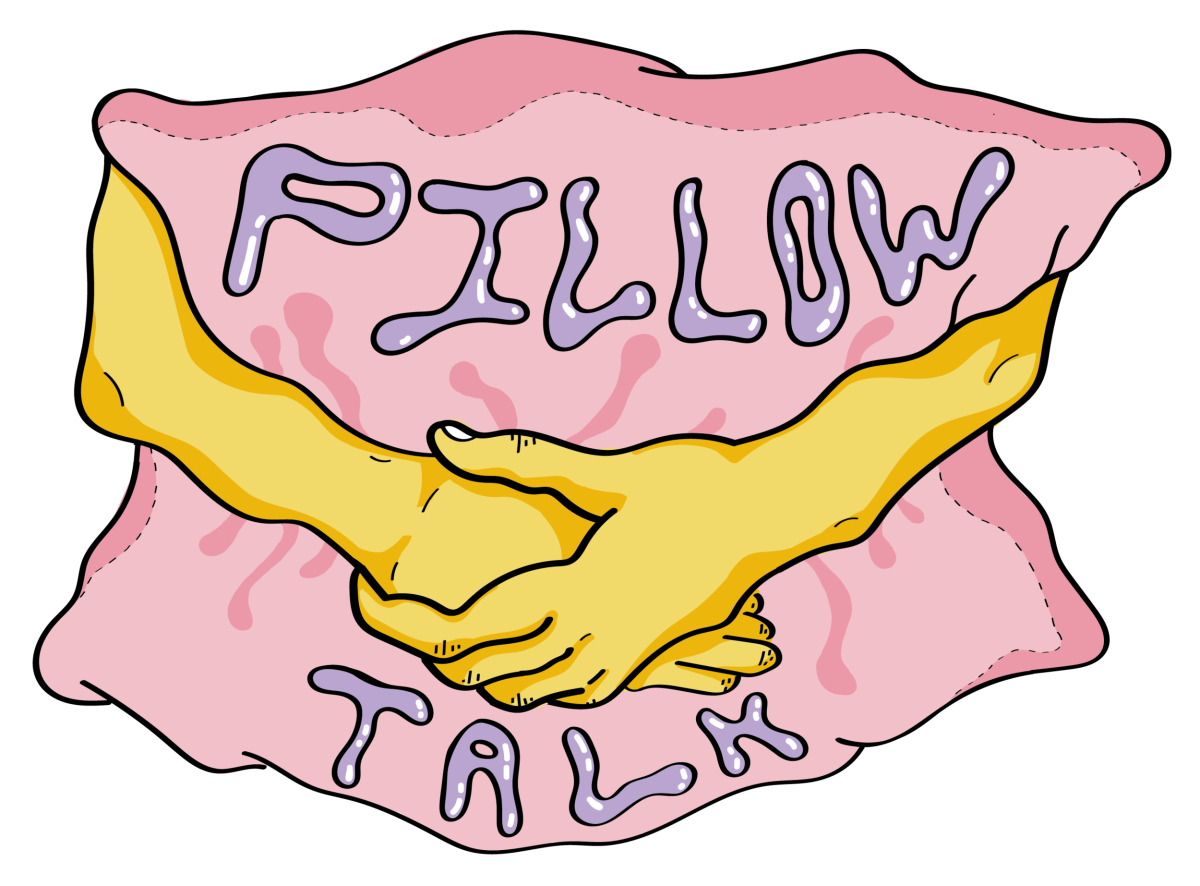Pillowtalk,
I’m kinda embarrassed because I don’t really know much about anatomy, especially for females? I was taught in school about uteruses and vaginas, but I was never really super clear on what else there is and how it works. I’ve seen stuff online but the diagrams are sort of confusing.
You’re not alone! Plenty of people aren’t even taught basic anatomy, or they’re taught oversimplified or entirely medically inaccurate anatomy. Don’t be embarrassed—it’s a testament to your character that you thought to ask, and to do your own research at that!
I drew you a few pictures and I’ll walk you through each of the points on the diagram. Keep in mind that these are not photographs, and everyone’s body is different! Looking at someone’s genitals will probably not look like a drawing, so I’ll let you know how to spot them on a real person.
So, for starters, you have the vulva. The vulva is the whole outside area of the genitals. This includes the vaginal opening, the lips (labia), the clitoris, the pubic hair and the urethra (where pee comes out). Often, people will say “vagina” when they mean vulva.
The vagina is the actual inside tube that leads to the uterus. It’s usually collapsed and it’s very flexible! When aroused, it lengthens and gets wider near the top, and secretes moisture from the walls (“getting wet”). The vagina is very sexually sensitive, but most people have preferences for how they like it to be interacted with (if they like penetration, the size of the thing doing the penetrating, speed, sensitive areas like the g-spot). The g-spot is the most commonly referred to part of the vagina when talking about pleasure. It’s located 1 to 2 inches up the vagina, towards the stomach, and feels like a rough patch. Not everyone loves having their g-spot stimulated, though!
The urethra is the tube that carries urine from the bladder to the outside of the body. It’s located above the vaginal opening, and tends to be pretty hard to spot. It often looks more like a slit at first than a hole. The most important thing to know about the urethra is that it can and will get infected if bacteria gets in, and having sex and masturbating tends to push bacteria towards that opening. Pee after sex to combat this.
The glans (head) of the clitoris is located above the urethra and is the most sexually sensitive part of the genitals. People often call the glans itself the clitoris, but the glans is just the exposed part. There’s a shaft and roots to the clit as well. It’s hidden beneath a thin hood of skin, but usually you can find it by following the slit of the vulva up the center from the vaginal opening until you reach the very top. You should feel a small bump, and might even be able to see the glans. The bottom of the glans (much like the bottom of the glans of the penis) tends to be a little more sexually sensitive than the top.
The labia come in 2 pairs. The labia majora are the puffy outer lips of the vulva that grow hair, and the labia minora are the thin inner lips of the vulva that do not grow hair and tend to be wrinkly. The labia minora are much more sensitive than the majora. The minora also tend to be longer and darker. This is normal.
The uterus is the fist sized organ that holds menstrual blood and can grow a fetus. It’s connected to the vagina via the cervix, a tight sphincter that relaxes, tightens and changes mucus with the menstrual cycle (to prioritize sperm entering the uterus during ovulation). The top of the uterus has a fallopian tube on each side leading to the ovaries. If sperm enters the uterus, they swim to the fallopian tubes to meet the egg (if it’s there). During a person’s period, the lining of the uterus (made of blood and tissue) that was prepared to nourish and cushion a fetus sheds out through the vagina.
The ovaries produce eggs and hormones. They take turns, so each ovary produces an egg every 2 months and sends it down the fallopian tubes to be fertilized or discarded along with menstrual blood.
I hope this answers most of your questions. If not, I’m always here for more, and there are some great resources online that should get you where you need to go now that you have this background.
Have a question for Elleri?
Send it to to http://bit.ly/2LZTHeY
or scan our QR code here!
















Bramasca • Sep 4, 2023 at 12:17 pm
Appreciaate your blog post